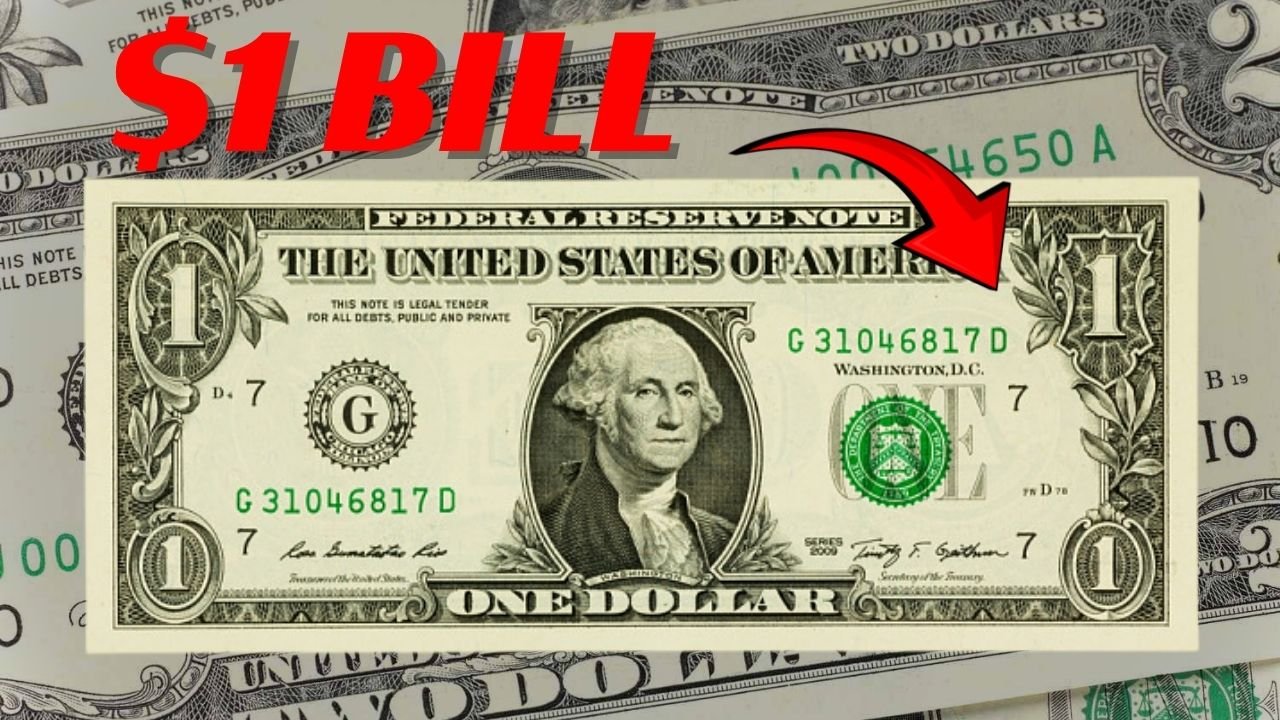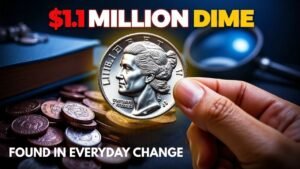Imagine pulling a reputedly normal $1 bill out of your wallet or pocket trade—best to discover it carries a serial wide variety so rare, it may be worth as much as $15,000. That’s no urban legend. Certain serial numbers on Federal Reserve Notes, in particular the prized 00000001, command pinnacle greenback among forex collectors. Below is an in‑depth look at this phenomenon, a way to spot those payments, why they’re desirable—and what to do if you assume you’ve got located one.
The Power of a Serial Number
Each U.S. dollar bill has an 8-digit serial number printed twice — once on the left and once on the right of the bill’s face. For collectors, or “notaphilists,” certain serial number patterns make a bill far more valuable than its face value. These patterns are rare and can include unique sequences, repeated digits, or symmetrical designs. But one particular category of serial number is catching attention lately: “Low Serial Number” bills.
What Makes It Worth $15,000?
A Low Serial Number $1 bill — especially those that start with a series of zeros (like 00000001 or 00000005) — are extremely rare. The decrease the number, the higher the price. Bills with the serial quantity 00000001 are the closing prize and might fetch up to $15,000 or extra at auctions or among non-public collectors.
These bills are typically snatched up fast after being published and are regularly stored in pristine condition through those in the realize. However, it’s nevertheless feasible for one to slip into trendy move — because of this you is probably capable of discover one tucked away in a forgotten drawer or maybe for your pocket proper now.
The $15,000 Serial Number: What to Look For
The maximum precious bills are normally people with “fancy serial numbers.” The one that could internet you up to $15,000? Look for bills with a low serial number, specifically:
- Serial numbers that start with seven or extra zeros, which includes 00000001 or 00000002.
- A solid serial variety, like 77777777 or 99999999.
- Ladder serial numbers, like 12345678 or 87654321.
- Binary serial numbers, along with 01010101.
- Radar numbers, which read the equal forward and backward (e.g., 12344321).
- Repeaters, like 45454545.
- Star notes with fancy serials (indicated by a celebrity * at the give up of the serial number).
How to Check If Your Bill Is Valuable
- Examine the Serial Number – Is it unique or low?
- Check the Condition – Crisp, uncirculated bills fetch the highest value.
- Look for Special Star Notes – A star in the serial number means it replaced a misprinted bill, adding to its rarity.
- Consult a Currency Expert or Dealer – They can help you verify its worth.
Where to Sell a Rare $1 Bill
If you believe you have a valuable bill, consider these options:
- Currency and Coin Dealers
- Online Auction Sites (eBay, Heritage Auctions)
- Collectors Forums or Facebook Groups
- Currency Grading Services (PMG, PCGS)
Getting the bill professionally graded and authenticated can significantly increase its sale price.
Conclusion
Before you spend that apparently everyday $1 bill, take a better appearance. That small piece of paper will be a hidden gem worth $15,000 or greater. Whether it is a low serial range, a repeating sample, or a wonderfully symmetrical design, rare serial numbers can transform a dollar into a collector’s treasure. So next time you get exchange, check out your bills — your wallet might be protecting greater than just cash.
FAQ’s
What makes a $1 bill valuable?
Rare serial numbers like 00000001, 12345678, or 77777777 can make a bill worth hundreds.
How do I check my bill?
Look at the eight-digit serial variety on the the front. Compare it to fancy patterns like repeaters, ladders, or palindromes.
Does condition rely?
Yes—uncirculated bills are well worth an awful lot more than worn ones.

